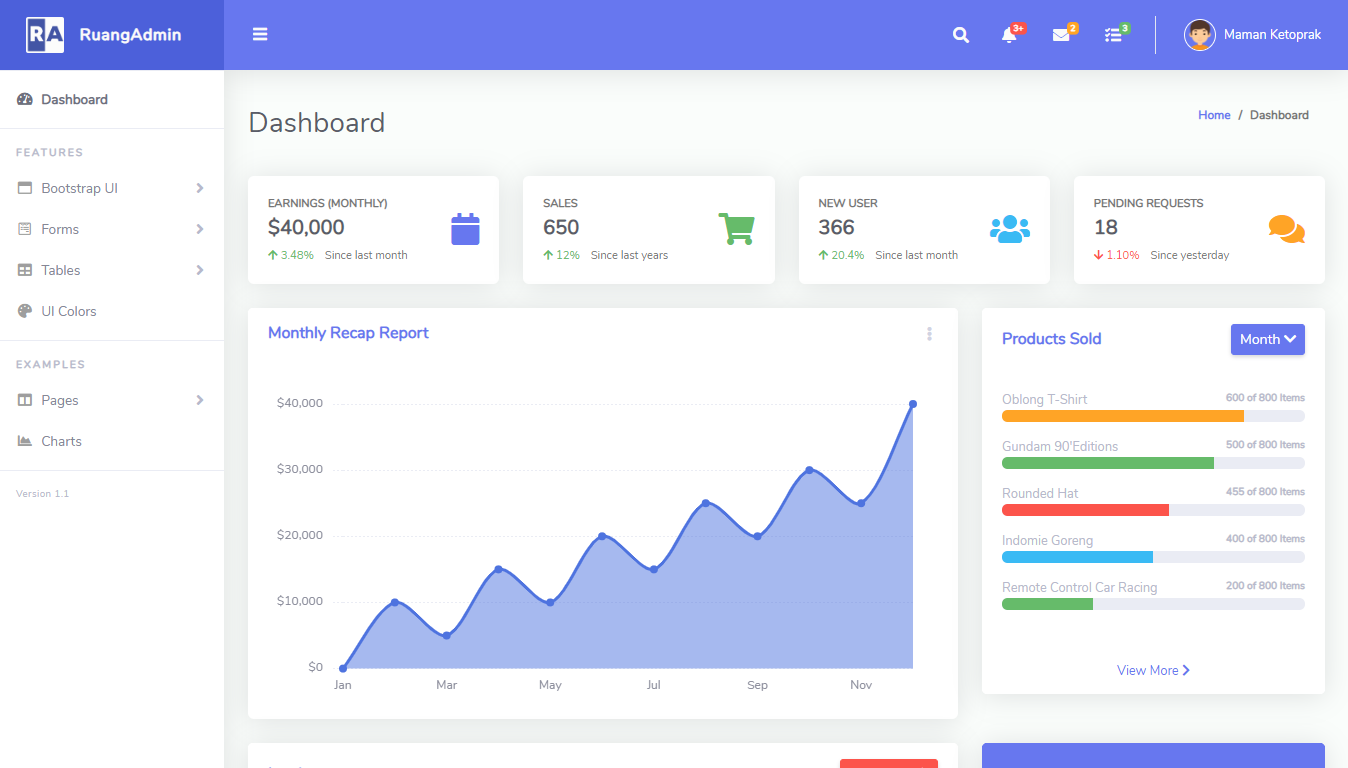How to undo the changes in Entity Framework
By Tan Lee Published on May 28, 2024 1.66K
However, you can build this functionality by capturing changes and managing them yourself. This typically involves tracking changes, saving snapshots of the state, and then restoring these snapshots when an undo or redo operation is performed.
The ADO.NET entity framework automatically tracks changes and therefore keeps the original values.
Undoing changes in Entity Framework in C# typically involves detaching entities from the context or reloading them from the database.
How to undo the changes in Entity Framework?
Each entity has an ObjectStateEntry in the ObjectStateManager. The state entry contains original and actual values so that you can use the original value to override the current values, but you must manually do so for each entity.
NorthwindEntities db;
private void frmForm1_Load(object sender, EventArgs e)
{
db = new NorthwindEntities();
db.Customers.Load();
customerBindingSource.DataSource = db.Customers.Local;
}To fetch data from your database you can put your code in Form_Load event, then load your data to the bindingsource as shown above.
To cancel the change, you can find the entity whose state it UnChanges, then change the state for it.
// c# framework discard changes entity
private void btnCancel_Click(object sender, EventArgs e)
{
var list = db.ChangeTracker.Entries().Where(x => x.State != EntityState.Unchanged).ToList();
foreach (var entry in list)
{
switch (entry.State)
{
case EntityState.Modified:
entry.CurrentValues.SetValues(entry.OriginalValues);
entry.State = EntityState.Unchanged;
break;
case EntityState.Added:
entry.State = EntityState.Detached;
break;
case EntityState.Deleted:
entry.State = EntityState.Unchanged;
break;
}
}
customerBindingSource.ResetBindings(false);
}You can use the ChangeTracker of DbContext to find dirty items, then set the deleted items state to unchanged and added items to detached. For modified items, use the original values and set the current values of the entry.
- Object Services Layer in Entity Framework
- Improving Entity Framework performance
- Entity Framework Code First vs Database First vs Model First Approach
- How to use LINQ to Entities Queries in Entity Framework
- How to use Lazy loading and Earger loading in Entity Framework
- How to Turn off lazy loading for all entities in Entity Framework
- How to use Generic Repository Multiple Includes in C#





